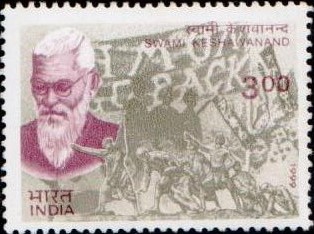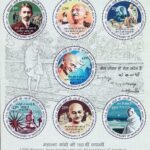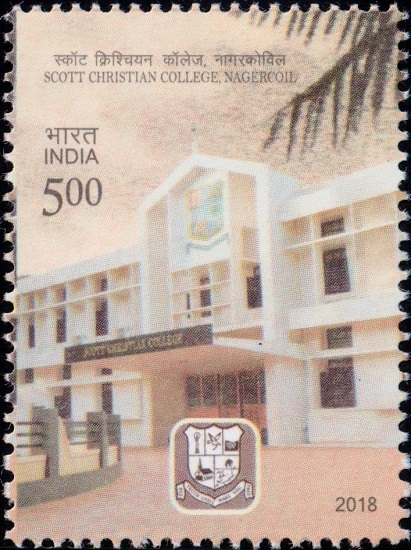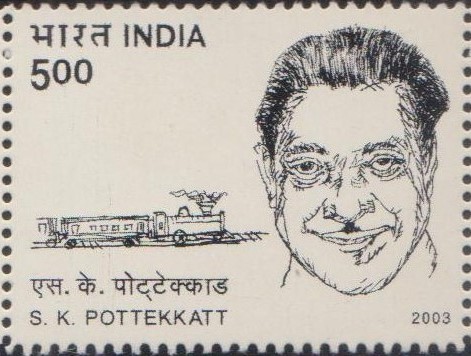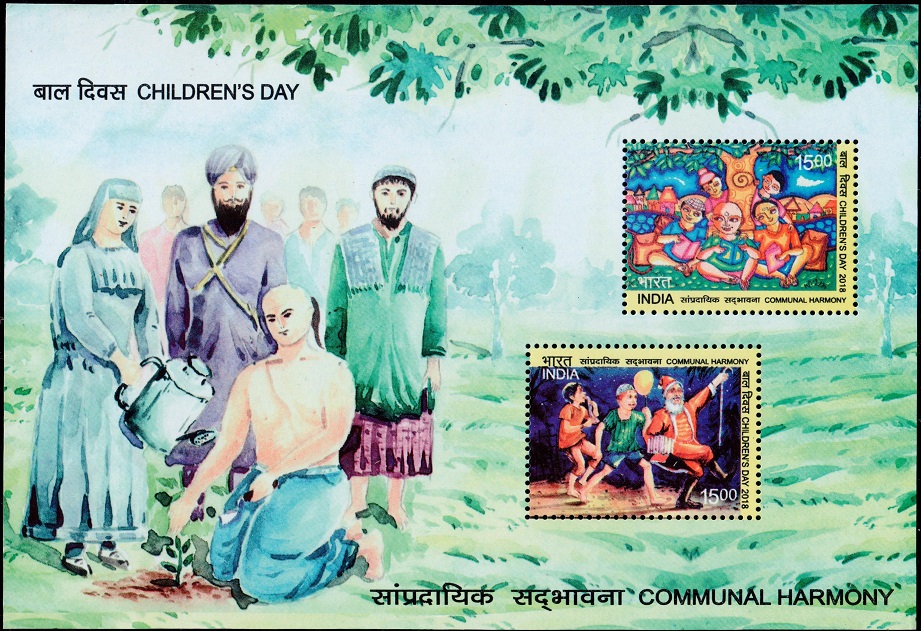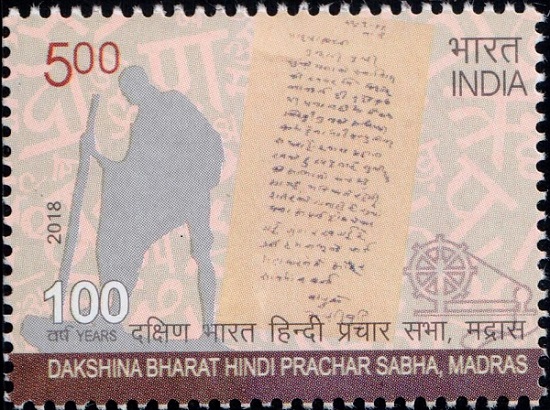
Dakshina Bharat Hindi Prachar Sabha, Madras
A commemorative postage stamp on the Dakshina Bharat Hindi Prachar Sabha, an organisation to improve Hindi literacy among non-Hindi speaking people of South India :
 Issued by India
Issued by India
Issued on Jun 17, 2018
Issued for : Department of Posts is pleased to issue a Commemorative Postage Stamp on Dakshina Bharat Hindi Prachar Sabha, Madras on its centenary.
Credits :
Stamp/FDC/Brochure/Cancellation Cachet : Smt. Alka Sharma
Type : Stamp, Mint Condition
Colour : Multi Colour
Denomination : 500 Paise
Stamps Printed : 603000
Printing Process : Wet Offset
Printer : Security Printing Press, Hyderabad
About :
- Dakshina Bharat Hindi Prachar Sabha was founded by the Father of the Nation, Mahatma Gandhi, in 1918, to propagate Hindi as the common link language in the Southern States. Gandhiji sent his youngest son Devdas Gandhi in 1918 to Madras to establish the Sabha and also to serve as the first Hindi Pracharak.
- The Sabha was inaugurated at a formal function in the Gokhale Hall in George Town, Madras City, on June 17, 1918, by Dr. Annie Besant. The first Hindi class was conducted by Devdas Gandhi. The Sabha was registered as an autonomous Society, under the Central Registration of Societies Act, 1860, with Mahatma as the first President of the Sabha.
- Four provincial Sabhas were established in 1936 as the branches of the Central Sabha to intensify the movement. In the same year, the Sabha, which was functioning hitherto from rented buildings, moved to its own building in T. Nagar. The new building was inaugurated on October 7, 1936 by Pandit Jawaharlal Nehru and Sardar Vallabhbhai Patel.
- Gandhiji continued as the founder President till his last breath and was succeeded by Babu Rajendra Prasad. After that, leaders such as Lal Bahadur Shastri, Smt. Indira Gandhi, Rajiv Gandhi, P.V. Narasimha Rao, R. Venkataraman, Dr. B.D. Jatti, and Justice Ranganath Mishra succeeded as Presidents of the Sabha.
- Government of India has recently declared the house in the Sabha premises that was used by Gandhiji for his stay for ten days in 1946 as one of the forty Gandhi Heritage Sites in India. The Sabha is planning to establish a permanent Gandhi Museum in this house.
- The primary activity of the Sabha is propagation of Hindi in the Southern States through the network of Pracharaks. Examinations were being held regularly from 1922 to enable the students to assess their proficiency in Hindi. The first degree level examination “Rashtrabhasha Visharad” was conducted and the first Convocation of the Sabha was also held in 1931. The convocation address was delivered by Kaka Kalelkar. Prominent leaders and Hindi scholars such as Munshi Premchand, Babu Purushottam Das Tandon, Dr. Sarojini Naidu, Pattabi Seetharamiah, Acharya Vinoba Bhave, Dr. Zakir Hussain, B. Ramakrishna Rao, Moturi Satyanarayana, Babu Jagajeevan Ram, Dr. Ramdhari Singh Dinkar and Baba Ganga Saran Singh participated and delivered convocation address in the subsequent years. The Sabha today, is the largest Institution teaching Hindi in South India and nearly seven lakh students appear for the examinations conducted every year.
- The Sabha was conferred the status of an Institution of National Importance by the Government of India in 1964 by the Dakshina Bharat Hindi Prachar Sabha Act, 1964. The Act has enabled the Sabha to award degrees, diplomas and certificates in proficiency in Hindi and teaching of Hindi. The Sabha established the Post Graduate and Research Institute (PG&RI) for higher learning in the year 1964 that was inaugurated by Lal Bahadur Shastri. Now, about 6,000 persons are awarded various Degrees – including Ph.D. and D.Litt. – Diplomas and Certificates by the PG&RI of the Sabha.
- The Sabha is conducting Hindi teacher training and B.Ed. courses in Hindi for increasing the availability of Hindi teachers in South India, through its 11 B.Ed. colleges and 21 teacher training colleges. As many as 85,904 teachers who passed out of these colleges are now working as Hindi teachers in several schools. In addition, the Sabha is also conducting distant education courses in Hindi medium, with due approval of the Distance Education Bureau with an annual enrolment of about 6,000 students.
- Another landmark in the history of the Sabha was the establishment of a National Hindi Research Library in 1991 with financial assistance from the Government of India. The National Hindi Research Library has more than one lakh titles in Hindi literature and subscribes to 150 newspapers and periodicals and is one of the biggest of its kind.
- The Sabha is a leading publisher of Hindi books in South India and has so far published more than 540 books in Hindi Language from text books for Sabha examinations to great literary works. Bi-lingual and tri-lingual dictionaries have been edited and published by the Sabha. The Sabha has its own Press which has won Rashtrapati Award for excellence in printing. Several magazines such as “Hindi Prachar Samachar”, “Sravanthi”, “Bharathavani”, “Keral Bharathi”, “Hindi Patrika”, “Dakshin Bharat” and “Bahubrahi” are published by the Sabha and its branches and all these magazines are registered under RNI.
- The Sabha is the largest Hindi teaching organization in the country, teaching Hindi to around seven lakh non-Hindi speaking Indians. The Sabha has developed a vast network of about 20,000 active grass root level pracharaks. The Sabha is the biggest contributor to the pool of Hindi teachers in south India, having turned out around 90,000 Hindi teachers through its B.Ed. and school teacher training institutions.
- Text : Based on information received from proponent.
Subscribe
Login
0 Comments


